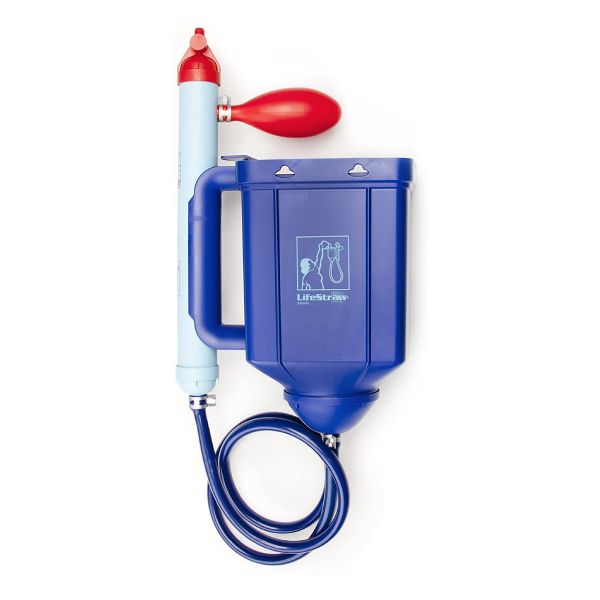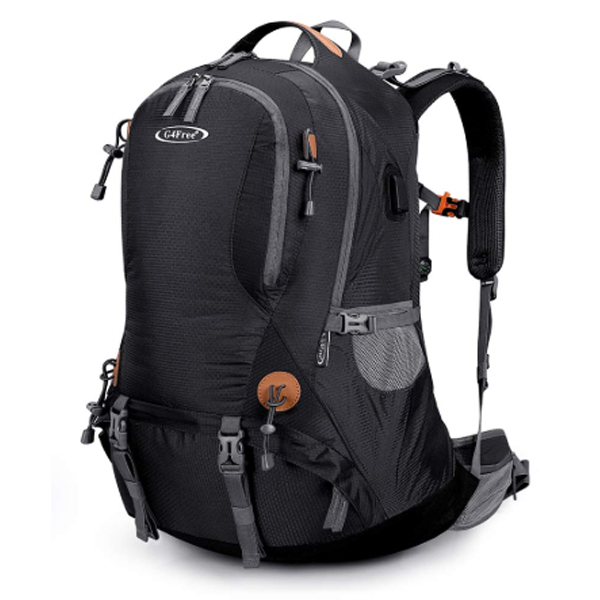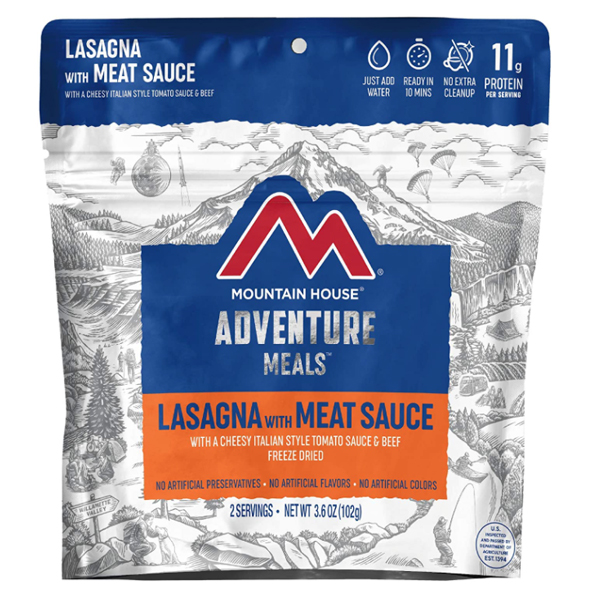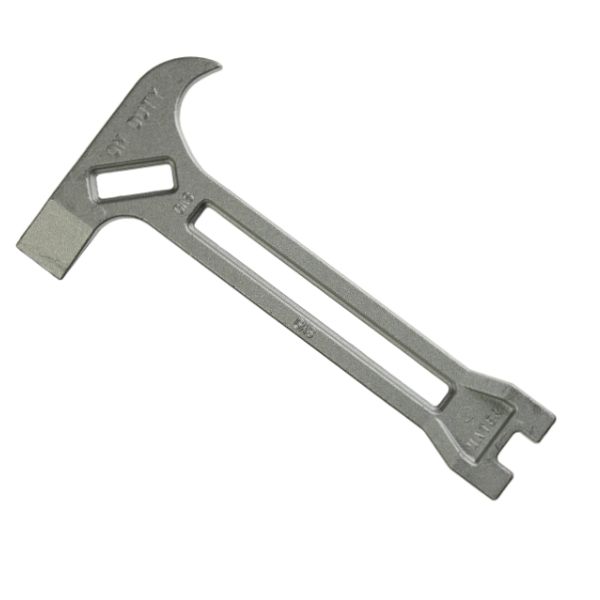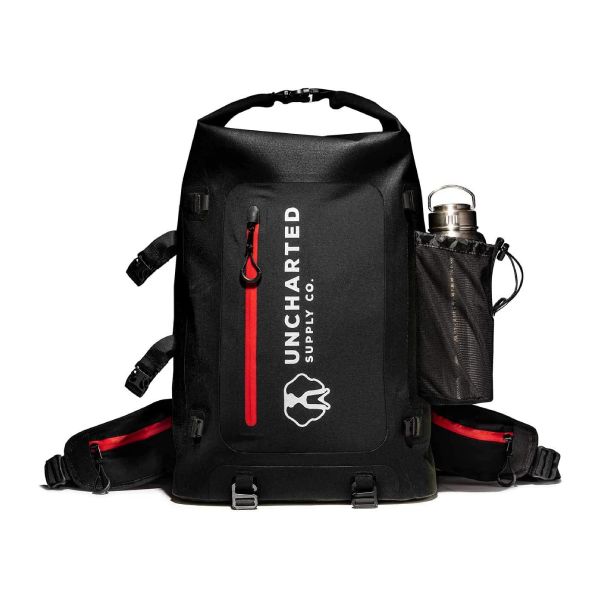Complete Guide to Emergency Water Filters and Water Storage
Water Required for Life
It's well known that up to 60% of the human body is water. Did you know the brain and heart are 73% water, while the lungs are 83%? Even the bones consist of 31% water. It's considered one of the most important components to all life.
Our bodies give up water through respiration, sweating, urination, etc. In order to remain healthy adults must consume roughly 1 gallon of water per day including all beverages and foods.
It is commonly assumed that the average adult can last for about 3 days without water in a moderate climate. Hot and dry, windy, super cold conditions accelerate water loss.
Human Need for Water
So, what happens if we don't consume enough water daily? What happens if the water we consume is impure or infected? How long can we go without water?
Dehydration
Dehydration occurs when we don't consume enough water and our bodies become deficient. If the dehydration becomes severe enough our organs start to fail and we become incapacitated - it can even be fatal.
Without water, symptoms start to show. We start to feel thirsty. We eventually feel fatigue, dizziness, confusion, etc.
Experience: Wrestling and Dropping Weight
In high school, our wrestling team was very competitive. They believed they could be their strongest as individuals at tournaments if they could classify for a lower weight group. Each week the wrestlers would have to weigh in to see which weight group they could compete in. They would take all sorts of steps to drop to the lower group.
One of their preferred methods of weight loss was self-imposed dehydration. They would put a plastic bag over their bodies, run stairs to sweat and spit into a cup.
Their efforts were so intense they would pass out. Ironically, it took them days to recover their strength so sometimes they were actually weaker when they competed.
During an emergency situation, dehydration can be life-threatening. Three days isn't a long time.
Water-bourne Impurities
Clean water is also required. Sickness from water-bourne diseases and impurities can make things a lot worse.
A common water carried parasite called Giardia can really make people sick. It causes diarrhea, gas, stomach cramps, upset stomach, etc. Other bacterias, pathogens, and parasites can reek havoc on the human body, often times making dehydration a big factor.
Impurities like heavy metals, dissoved medications from sewage, and many others can be hidden toxins. They can make us sick. Without knowing the cause, it can be very difficult to know what impurity is the culprit.
Locating drinkable water is consider one of the urgent survival priorites. We have a few days to track it down and purify it.
About This Article
Content:
Scope:
Difficulty:
Table of Contents
- Required for Life
- Human Need for Water
- Dehydration
- Impurities
- Water Filtration
- Water Treatment
- Water Sources
- Common
- Uncommon
- Collection Methods
- Water Storage
- Container Type
- Long Term Storage Treatment
- Conclusion
Water Filters and Water Filtration
Modern day water filters are quite marvelous. Years ago they were expensive and uncommon. Today they are very affordable and easy to find. You can purchase an affordable personal water filter that can handle a majority of fresh water sources.
There are a number of types of filtration:
- Fiber Membrane Technology (preferred for many survival situations)
- Sediment Filtration
- Activated Carbon Block (ACB) Filtration
- Granular Activated Carbon (GAC) Filtration
- Reverse Osmosis (RO) Filtration
- Distillation
- Ion-Exchange (IX)
- Ultraviolet (UV) Disinfection
- Ultrafiltration (UF)
- Activated Alumina (AA) Filtration
- Ionization
We want to focus on Fiber Membrane Technology.
How they work: Sawyer Water Filters
"With the technology derived from kidney dialysis, we partnered with a fiber manufacturer to actually improve the hollow fiber membrane technology. In order to improve both the filtration rates and longevity of the filter, our team was dedicated to engineering something even more precise and rugged.To make it a superior solution, the fiber composition had to deliver exactly 0.1 & 0.02 micron filtration 100% of the time to ensure no bacteria would get through. Moreover, the membranes had to be sturdy enough to withstand backwashing which allows the filter to be cleaning and reused.
"Our proprietary water filters are comprised of tiny "U" shaped micro-tubes that allow water to enter into their core through minuscule micro-pores. Contaminates get trapped in the tubes while the decontaminated water passes freely through. The high number of those tiny tubes and their significant surface area allow the filter to have one of the fastest flow rates available in the world. This high flow rate makes our filters easily utilized as point-of-use solutions, which has eliminated the need to store water - one of the leading causes of contaminated water throughout the world."
Survival Water Filters
For this article we're going to focus on survival situations. What happens when city water supplies are cut off? What happens when the electricity goes out and well pumps can't work? What happens if we're required to evacuate?
There are a number of reasons personal survival water filters are needed. Here are some requirements:
- Effective
- Portable
- Small
- Light weight
A survival water filter should be able to fit into a pouch, pocket, or backpack.
Water Filter Products
Family Sized Water Filter
Affordable, long lasting multi-person water filter and purifier
Buy on AmazonWater Treatment
If a water filter isn't available or practical there are other ways to purify water. Some require chemicals and some require fuel.
Experts: CDC Recommendations
The CDC indentifies 4 methods to purify water in an emergency. Boiling is their preferred method. However, boiling isn't always a possibility.
- Boiling - If you don’t have safe bottled water, you should boil your water to make it safe to drink. Boiling is the surest method to kill disease-causing organisms, including viruses, bacteria, and parasites.
Filter it through a clean cloth, paper towel, or coffee filter OR allow it to settle, bring the clear water to a rolling boil for 1 minute (at elevations above 6,500 feet, boil for three minutes), let the boiled water cool.- Disinfectants - If you don't have safe bottled water and if boiling is not possible, you often can make small quantities of filtered and settled water safer to drink by using a chemical disinfectant such as unscented household chlorine bleach. Disinfectants can kill most harmful or disease-causing viruses and bacteria, but are not as effective in controlling more resistant organisms, such as the parasites Cryptosporidium and Giardia. Chlorine dioxide tablets can be effective against Cryptosporidium if the manufacturer’s instructions are followed correctly. If the water is contaminated with a chemical, adding a disinfectant will not make it drinkable. You can also disinfect water with tablets that contain chlorine or iodine.
- Filters - Many portable water filters can remove disease-causing parasites such as Cryptosporidium and Giardia from drinking water. If you are choosing a portable water filter, try to pick one that has a filter pore size small enough to remove parasites. Most portable water filters do not remove bacteria or viruses.
- Distillation - You may also be able to make water safe by distilling it or by boiling water and collecting the steam in a clean container so it turns back into water.
Water Treatment Products
Water Sources
Producing potable water in an emergency situation is a high priority activity. Finding water to filter or purify is the first step.
Obvious Water Sources
- Lakes
- Streams
- Rivers
- Wells
Creative Water Sources
- Rain water
- Ground water
- Plants
- Dew
- Hot water tanks
Water Collection Methods
- Dew still
- Dig a hole
- Grind water heavy plants and squeeze the fibers.
Water Storage and Water Containers
Every household should have stored water on hand. The pros recommend around a gallon per person per day. That means a family of 4 should store 28 gallons of water to get through a week.
Here are some quick calculations:
- 1 person = 7 gallons for a week
- 1 person = 30 gallons for a month
- 2 people = 14 gallons for a week
- 2 people = 60 gallons for a month
- 4 people = 56 gallons for 2 weeks
- 5 people = 70 gallons for 2 weeks
You can see how the storage requirements get large fast. Having a method to properly store the water so it can be purified and remain purified is very important.
We recommend having 2 weeks of water per person minimum. We also recommend storing some of it in portable containers. You should be able to find and transport water within a 2 week period.
Store in Polyethylene Plastic (PETE or PET)
Experts: LDS Church
Use only food-grade containers. Smaller containers made of PETE plastic or heavier plastic buckets or drums work well.
Clean, sanitize, and thoroughly rinse all containers prior to use. A sanitizing solution can be prepared by adding 5 ml (1 teaspoon) of liquid household chlorine bleach (5 to 6% sodium hypochlorite) to 1 liter (one quart) of water. Only household bleach without thickeners, scents, or additives should be used.
Do not use plastic milk jugs, because they do not seal well and tend to become brittle over time.
Do not use containers previously used to store non-food products.
Storage Treatment
When you store water in a barrel or containers long term you should plan to add bleach or other chemical. We store our water with bleach following these guidelines:
Experts: EPA Recommendations
Disinfect water using household bleach, if you can’t boil water. Only use regular, unscented chlorine bleach products that are suitable for disinfection and sanitization as indicated on the label. The label may say that the active ingredient contains 6 or 8.25% of sodium hypochlorite. Do not use scented, color safe, or bleaches with added cleaners.If water is cloudy, let it settle and filter it through a clean cloth, paper towel, or coffee filter.
- Locate a clean dropper from your medicine cabinet or emergency supply kit.
- Locate a fresh liquid chlorine bleach or liquid chlorine bleach that is stored at room temperatures for less than one year.
- Use the table below as a guide to decide the amount of bleach you should add to the water, for example, 8 drops of 6% bleach, or 6 drops of 8.25% bleach, to each gallon of water. Double the amount of bleach if the water is cloudy, colored, or very cold.Glass containers with droppers
- Stir and let stand for 30 minutes. The water should have a slight chlorine odor. If it doesn’t, repeat the dosage and let stand for another 15 minutes before use.
- If the chlorine taste is too strong, pour the water from one clean container to another and let it stand for a few hours before use.
Volume of Water Amount of 6% Bleach to Add* Amount of 8.25% Bleach to Add* 1 quart/liter 2 drops 2 drops 1 gallon 8 drops 6 drops 2 gallons 16 drops (1/4 tsp) 12 drops (1/8 teaspoon) 4 gallons 1/3 teaspoon 1/4 teaspoon 8 gallons 2/3 teaspoon 1/2 teaspoon
Rotate Stock
Change the water regularly. You'll find a number of opinions on how long to store water. Water doesn't go bad unless it gets contaminated. We like to ensure it's not. We change ours every 6 months.
Water Storage Products
Portable 5-Gallon Water Container
Portable, durable 5 gallon water containers for potable water transport
Buy on AmazonStackable 5-Gallon Water Containers
Stackable, portable, durable 5 gallon water containers for potable water storage and transport
Buy on Amazon55-Gallon Water Barrel
Durable water storage containers for 55 gallons of potable water
Buy on AmazonWater Is Life
While there are more urgency priorities in an emergency (i.e. first aid, shelter, etc.) water is critical. Thirst is a stresser and dehydration is debilitating. With a 3 day window, it's urgent that you find and purify water for drinking as soon as possible.
Carrying the right gear can be lifesaving. We consider a portable water filter as part of Stage 1 Emergency Essentials. Be sure to carry the essentials kit with you as often as possible.
1This post may contain affiliate links. If you make a purchase, I may earn a small commission at no additional cost to you.
2 As an Amazon Associate we earn from qualifying purchases.
3 Most reviews are based on personal experience from one of our content editors. Some are based on research and the opinions of other reviewers.





